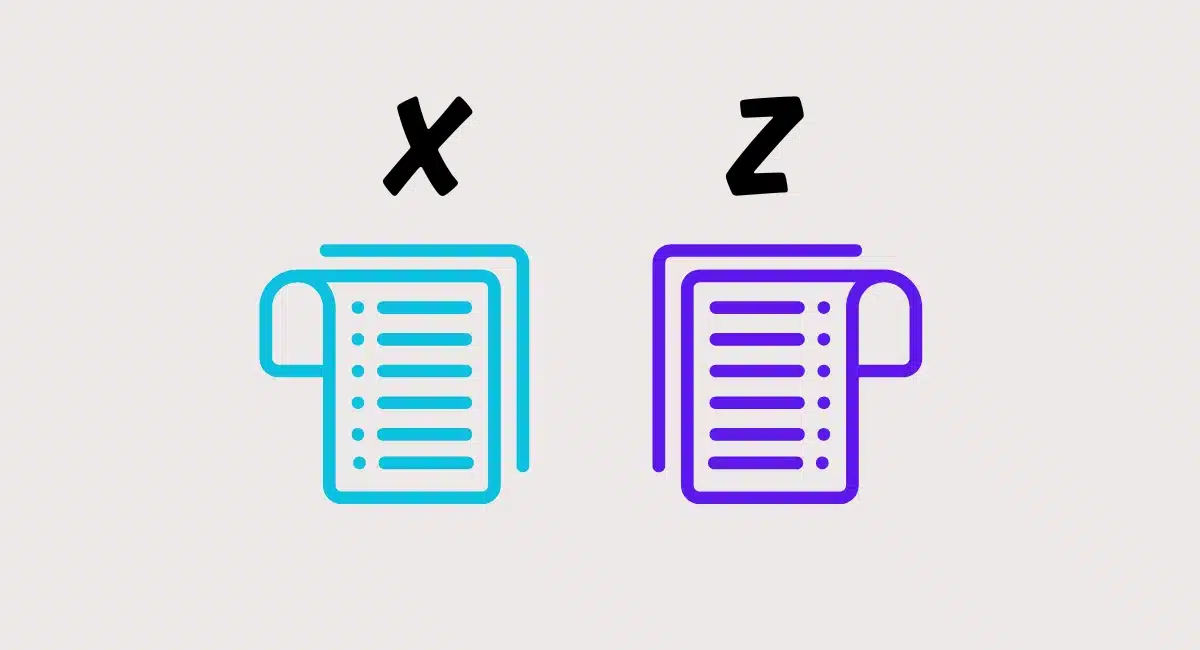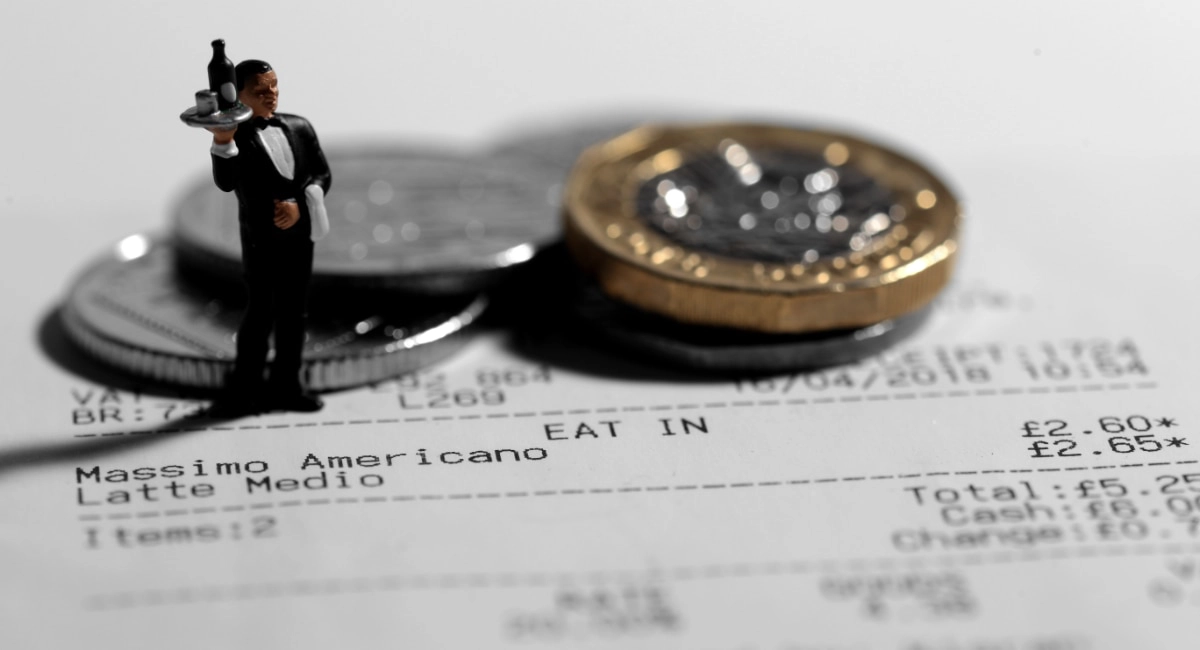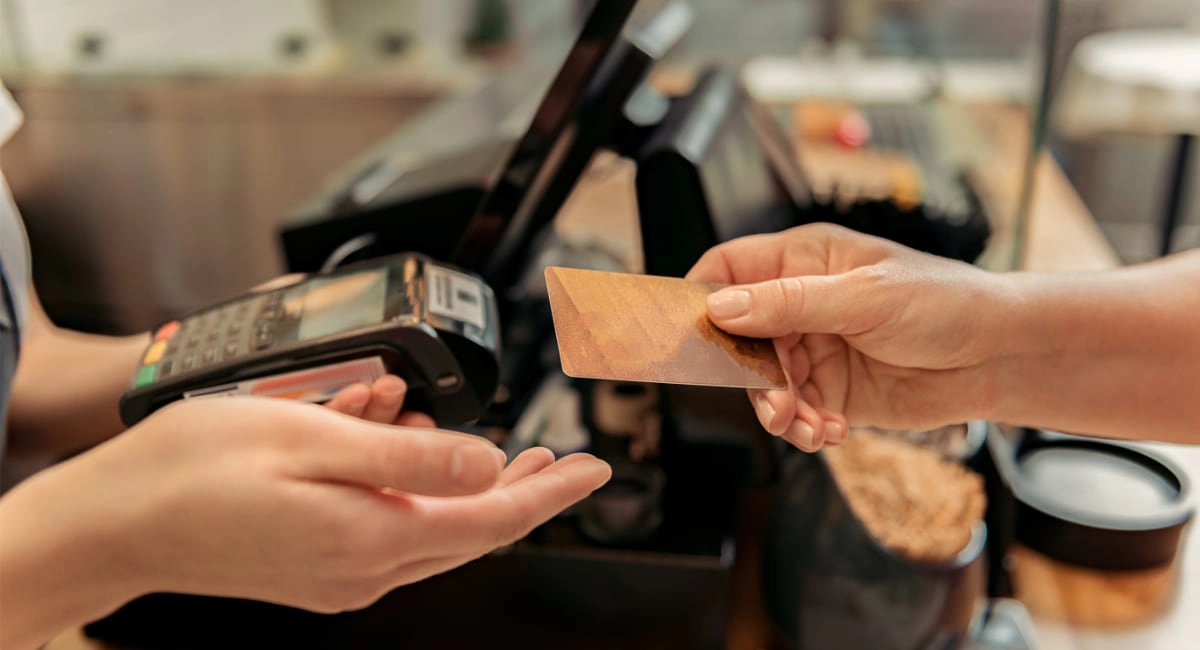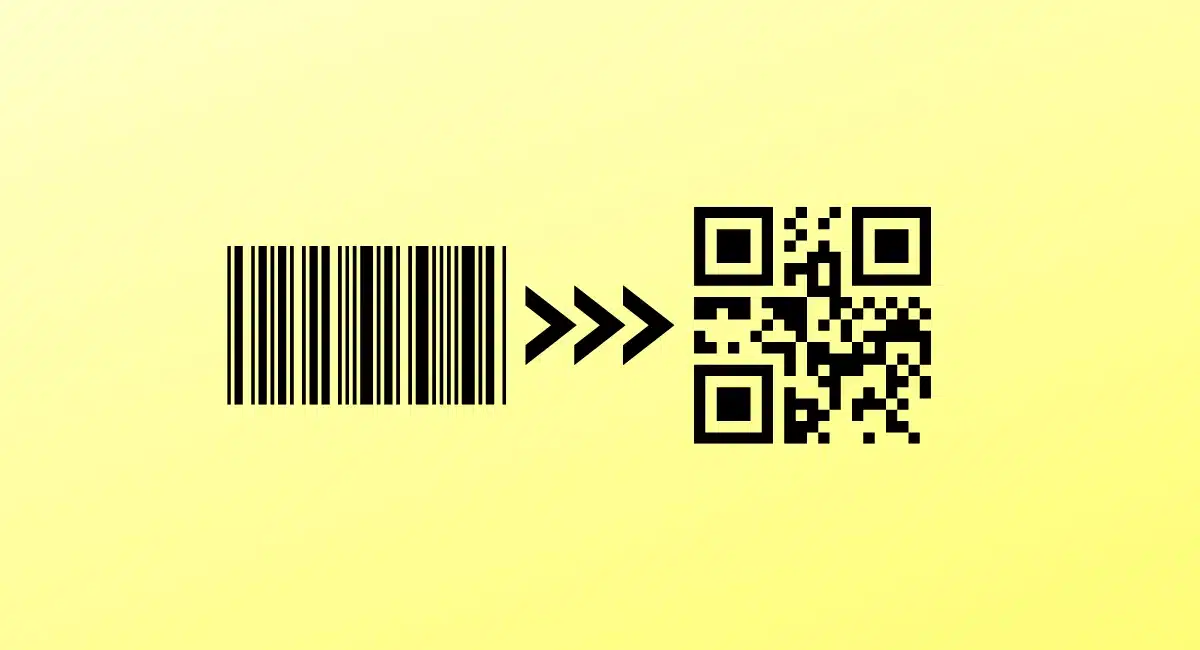Seasoned retail managers are usually familiar with X and Z reports on cash registers and card machines, but modern POS systems often don’t call them that.
So how do you know what they are? What is a Z report and X report?
It’s useful to consider the meaning in relation to the letters: ‘X’ comes before ‘Z’ in the alphabet (ignore ‘Y’ even though that’s in between – there are, strangely, no “Y reports”).
Definitions
X report: Summary report of the day’s till activities so far, such as sales totals divided into payment methods, refunds, etc. (exact details vary). Can be run any time during a trading day without resetting the day’s information in the POS system.
Z report: Also called an end-of-day report, a Z report is run at the close of each trading day. It shows grand totals and a summary of till actions, as in X reports. It also resets the day’s activities so a new trading day can begin with fresh numbers.
X reports are anytime snapshots of sales totals and till activities at the exact time of running the report. This is essentially any time before the final report of the day, the Z report. You can generate as many X reports as you like without changing anything in the system.
Shop managers use X reports to:
- Check for discrepancies in the cash drawer at the end of a shift but before closing
- Check the status of sales halfway through a day
- Verify how many money-outs/-ins that need to be accounted for
‘Z’ suitably being the last letter of the alphabet, a Z report is the end-of-day report generated at the close of a trading day.
Not only do Z reports show the day’s final overview of sales, refunds, payment methods, etc. – they also reset these grand totals so a new trading day can start from scratch.
There is no redoing of a Z report. Once it’s generated and grand totals are reset, any changes made in the till are moved to the following trading day. This makes a Z report the key daily sales report for accounting.
Shops should in fact keep Z reports for 6 years, as directed by HMRC’s VAT Traders’ Records (updated in 2025).
What information is on an X and Z report?
Different till systems can have different levels of detail on reports, but the information on an X and Z report is more or less the same.
A cheap POS system cannot display things like voided sales or total tips if those functions are not there in the first place. An analogue cash register can’t distinguish between payment cards accepted by a card machine unless it has buttons to confirm card types used for transactions.
An advanced EPOS system that integrates with a card terminal can display many details, sometimes with the option to customise information on the report.
Information on X and Z reports may, among other things, include:
- Time and date of report
- Staff ID of person running the report
- Till point number/ID
- Business name and address
- Start and end of shift (Z report)
- Grand sales totals
- Number of transactions
- Sales totals divided into product categories/departments
- Number of products/items sold
- Sales totals divided into tenders e.g. cash, cards, cheques
- Cash discrepancies (declared vs. cash sales in system)
- Card totals divided into categories, e.g. card brands like Amex and Mastercard and/or types like debit and credit cards
- Tax/VAT totals
- Totals of discounts given
- Store credits issued/redeemed
- Voided sales totals
- Money in/money out totals
- Refund/exchange totals
- Layaway totals
- On-account sales totals
- Gift cards issued/redeemed
- Tips and service charge totals
Z and X reports on card machines
Another thing to highlight is reporting on card terminals.
Traditional card machines can print X and Z reports of the card machine’s activities only. This includes transactions divided into card schemes (Visa, Diners Club, etc.) and categories like card refunds.
If your POS system isn’t integrated with it, the Z report of the card terminal should be included with the till’s Z report. That’s because the card machine totals verify the actual card payments processed versus the card transactions manually confirmed in the POS system.
Comparing the card machine totals with card payments confirmed on the till is an essential part of cashing up with a non-integrated POS system.
If the POS system integrates with the card machine (where you don’t manually confirm on the register when a card payment was successful), the card terminal’s Z report may not be necessary for verifying card payments.
How does a cloud POS system run X and Z reports?
Now, where do you find these reports on a cloud-based POS system?
In many cases, POS solutions like to talk about their “daily sales reports” and real-time sales analytics (sometimes advertised as “growth analytics”).
“X reports” used to be printed from a cash register or generated from a legacy EPOS system. In contrast, today’s cloud-based POS systems show a snapshot of sales totals in real time from the back-office account or front-end POS without having to “generate” it.
The level of details of these business activities depends on the complexity of the POS system. Usually, the software allows you to specify what to look at, such as the day’s sales divided into payment methods.
Z reports, on the other hand, are harder to come by. Some cheaper POS systems don’t have something called a Z report, but you may be able to preset the time of day when your trading day resets.
In any case, the daily report generated in connection with the end-of-day mark, which could be midnight, may be filed as a “Z report”.
You may not be able to generate this report manually if this an automatic process. For instance, perhaps you just receive an email report at the end of each trading day which you can file.
Alternatively, can export a daily report the following day when the previous day’s grand totals are final. Integrating with accounting software would automate this.
More advanced POS systems allow you to perform a Z report (often referred to as “end-of-day” report) manually, sometimes with a helpful tick list so you can verify which procedures have been completed so far at the end of the day.




